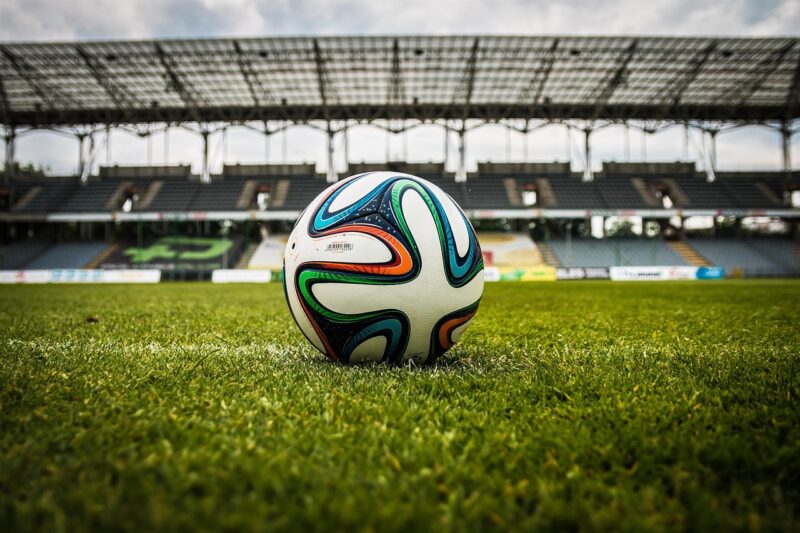
In football, while strikers and attacking players often steal the limelight with their dazzling skills and goal-scoring abilities, defenders form the backbone of any successful team. Among them, left-backs and right-backs play a pivotal role, implementing tactical strategies, ensuring defensive stability, and joining the attack when needed. In this article, we’ll explore some of the best left-backs and right-backs in football history, their impact on the game, and the qualities that make them truly unstoppable.
1. The Importance of Full-Backs in Modern Football
The role of full-backs has evolved significantly over the years. Traditionally viewed as defensive players, modern full-backs are expected to contribute actively to the team’s offensive play. This has led to the emergence of two distinct yet complementary styles among left-backs and right-backs:
- Defensive Stalwarts: These players excel in their primary role of defending against opposing attackers, making crucial tackles, and reading the game effectively.
- Attacking Threats: Players like Marcelo and Trent Alexander-Arnold illustrate how full-backs can also serve as playmakers, providing width and crossing ability that can change the course of a game.
Full-backs currently operate almost as wingers, needing stamina, pace, and technical ability. Their versatility makes them integral to both defensive and offensive play.
2. Iconic Left-Backs: Legends of the Game
Let’s delve into some iconic left-backs who have left a significant mark on football:
Roberto Carlos
An all-time great, Roberto Carlos is synonymous with attacking full-backs. Renowned for his remarkable speed, powerful shots, and ability to deliver pinpoint crosses, he was a vital member of the Brazilian national team that won the 2002 FIFA World Cup. Carlos’s incredible free-kick against France in 1997 remains one of football’s defining moments.
Paolo Maldini
Maldini is often hailed as one of the best defenders of all time, with a career spanning over two decades at AC Milan. Known for his exceptional reading of the game and tackling prowess, his leadership on the pitch helped his team win numerous titles, including five UEFA Champions League trophies. His longevity and consistency set the benchmark for defenders.
Marcelo
Marcelo has redefined the role of the modern left-back, emphasizing the importance of attacking contributions. His dribbling skills, agility, and ability to connect with forwards have made him a standout performer for Real Madrid. His involvement in attacking plays won him accolades, including multiple Champions League titles.
3. Outstanding Right-Backs: The Pillars in Defense
Right-backs equally play crucial roles, with some renowned defenders etching their names in football history:
Cafu
Cafu, a Brazilian football legend, is celebrated for his incredible stamina and ability to cover the entire right flank. His two World Cup victories in 1994 and 2002—including his role as captain in the latter—illustrate his leadership and impact on the game. Cafu remains the only player to have appeared in three consecutive World Cup finals.
Gary Neville
As a one-club man with Manchester United, Gary Neville’s dedication to his team was unwavering. A tough and resilient defender, Neville was also an effective contributor to attack, assisting countless goals during his career and helping United secure numerous Premier League titles.
Trent Alexander-Arnold
One of the best right-backs in modern football, Trent Alexander-Arnold has taken the Premier League by storm with Liverpool. Known for his pinpoint crosses and exceptional vision, he is known for redefining the full-back position with his attacking contributions, setting records for assists as a defender.
4. The Skill Set of Top Full-Backs
Regardless of the historical context, successful left-backs and right-backs share certain key attributes:
- Defensive Awareness: The ability to read the game, anticipate attacks, and position themselves effectively is essential for thwarting opposing wingers and assists.
- Speed and Stamina: Full-backs often need to sprint up and down the pitch, so having high endurance and pace allows them to cover large areas swiftly.
- Tackling and Positioning: Strong tackling ability combined with tactical awareness helps maintain defensive integrity and prevents opposing players from exploiting gaps in defense.
- Crossing and Attacking Contribution: Modern full-backs contribute to the attack significantly, making accurate crosses and creating goal-scoring opportunities, which increases their overall value on the pitch.
5. Conclusion: The Future of Full-Backs
The role of left-backs and right-backs remains critical in football. With the game evolving, defenders are not merely restricted to defensive tasks; they are now vital in the attacking phases. As we look to the future, the emergence of young talents suggests that the lineage of great full-backs will undoubtedly continue. Players will maintain the essence of these legends while evolving their styles to adapt to the ever-changing landscape of football. Ultimately, whether they hail from the past or represent the future, the world of full-backs will remain filled with exhilarating and unstoppable defenders.







